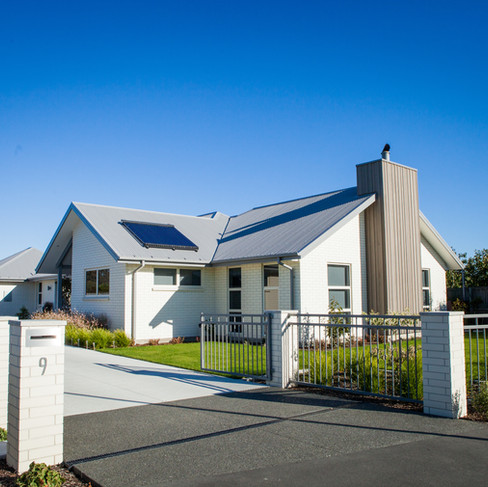A good roof doesn’t just add to the visual appeal of a house; it also ensures your long-term safety and comfortability in that home. When it comes to buying a home, you need to know what you’re purchasing, especially when your realtor might not explicitly tell you. Before finalizing any deals, make sure you’re aware of the following.
Look for Defects or Signs of Old Age
This means checking the ceilings, attics, and the roof itself for any signs of damage or wear and tear. Usually, a damaged roof is noticeable from the outside, but hidden defects might lie on top of the roof where defects are not as easily spotted from a ground view. Depending on your realtor and the seller of the house, you may be able to request certification that the roof is undamaged and safe. Ensure that there has been a proper roof inspection before you commit to purchasing.
Mold
Examine the underside of roofs and ceilings for mold. Poorly ventilated roof structures are prone to mold and mildew growth, posing severe health risks, bad odors, ruined wallpaper and paint, and more. Check all the nooks and crannies of the attic to make sure the house is mold-free when you buy it.
Caving In or Sagging
On the outer portion of the roof, check for any missing shingles or roof damage, like fallen debris or sections that seem to cave in. Excessive weight from snow build up can often cause a roof to sag over time, increasing the chances of your roof collapsing.
Missing Shingles
Storms, ice dams, or hail can all wear away at shingles, causing them to break or fall off over time. Asphalt shingles can have their granules worn down or damaged compromising the protective barrier these shingles offer.
Leaks
Lastly, check for leak spots and stains or cracks in walls and ceilings. Constant drips from the ceiling every time it rains can not only be a nuisance to deal with but can cause damage to your flooring and furniture.
Insulation
Insulation plays an important role in controlling the temperature of your home, keeping your energy bills down, and lowering your carbon footprint. It also acts as a moisture barrier that prevents mold growth. Ensure the house you are looking at is already effectively insulated, or make plans for additional insulation to be added after purchasing.
Check for Ventilation
Did you know the design of your roof can directly influence ventilation within your home? Check below your roof or under your attic for obstructions that would make air flow difficult. You want a roof design that lets sunlight and air in encouraging easy airflow through either natural or mechanical ventilation. Many roofs come with built-in exhaust and box vents, wind turbines, and intake vents that all help with creating sufficient ventilation for your roof.
Without any ventilation, hot air gets trapped in attics and below roofing creating the ideal environment for mold to grow. Preventing this issue is the key to saving yourself future monetary costs and safety hazards in the future.
Know the Age and Lifespan of the Roof
Make sure to ask your realtor or the seller about the lifespan of the roof and the material it’s made from. Determining the roofing material can help you figure out how much longer it might last, and lets you know what materials to buy in case you need repairs.
Ask the Experts at Kambridge Blake!
The roofing experts at Kambridge Blake are here to ensure your roof protects you as it should! Not only can we inspect your roof and help you figure out its lifespan, but we can also help you with any replacements or upgrades you might need. Call for an evaluation today!





Comments